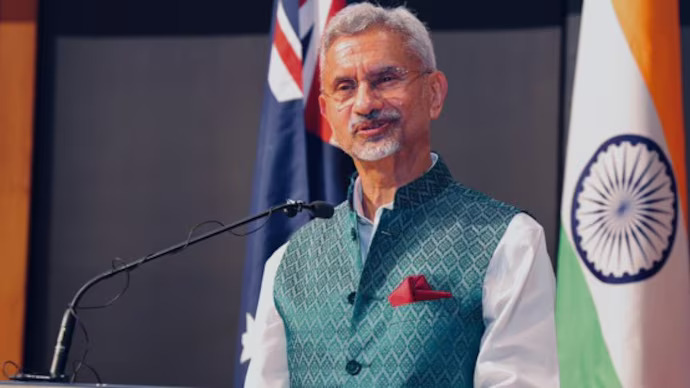On Sunday, External Affairs Minister, S. Jaishankar said, the disengagement of Chinese and Indian troops on the Line of Actual Control (LAC) has paved the way for additional steps to improve bilateral relations tough the two sides need to address several issues that will arose from the four-year military standoff.

To disengage and resolve issues pertaining to the face-off that started in April-May 2022, the two nations came to an agreement on October 21 regarding patrolling in the Ladakh region of the LAC. Indian troops are currently patrolling Demchok and Depsang, two “friction points”, to confirm that the army have disengaged.
During a meeting with the Indian community in Brisbane, Australia, Jaishankar stated that after a period of “very, very disturbed” ties due to the LAC conflict, India and China have made “some progress”. “It is obvious that we must determine our course of action following the disengagement. However, we do believe that disengagement is a positive step because it creates the option of other actions,” he continued.
In this regard, Jaishankar cited the agreement reached between Chinese President Xi Jinping and Prime Minister Narendra Modi on October 23 in the Russian city of Kazan, wherein the governments’ foreign ministers and national security advisers (NSAs) would convene to determine the next course of action to settle the border dispute and restore bilateral relations.
Jaishankar emphasized that withdrawal is merely “one part of the issue” and that other facets of the impasse still require attention. The reality is that a substantial number of Chinese troops, who were absent prior to 2020, are now stationed near the Line of Actual Control. Consequently, we have counter deployed. Other facets of the relationship were also impacted during this time, he added.
During the standoff, which brought bilateral ties to their lowest level since the 1962 border war, China and India each stationed about 50,000 troops in the Ladakh area of the LAC. Other measures that India took included restricting Chinese investments, lowering the number of visas granted to Chinese citizens, and outlawing Chinese apps.
How India-China relations affect the Quad
When asked what the thaw in India-China ties might mean for the Quad—which consists of the US, Japan, Australia, and India—Jaishankar responded that the grouping has a “bigger purpose” because it brings together four market economies and democracies, as well as countries with a track record of international contributions, working on a shared agenda that includes connectivity and climate forecasting to fellowships. “We must ask ourselves; do we leave the deficit unaddressed?” he added, “The Quad is really option three, which is four countries that feel they have a common viewpoint, working together, on many basic issues.”
In addition to moving away from the West, he continued, India has emphasized Southeast Asia and the Indo-Pacific through its “Look East” and “Act East” strategies because over half of its trade goes east.
Australia and Singapore are stops on Jaishankar’s six-day journey. He will officially open India’s fourth consulate in Australia on Monday in Brisbane. In Canberra, he and his Australian colleague Penny Wong will co-chair the Foreign Ministers’ Framework Dialogue.
Read Also: Yogi Adityanath Gets Death Threat: “Resign In 10 Days Or Get Killed Like Baba Siddique”